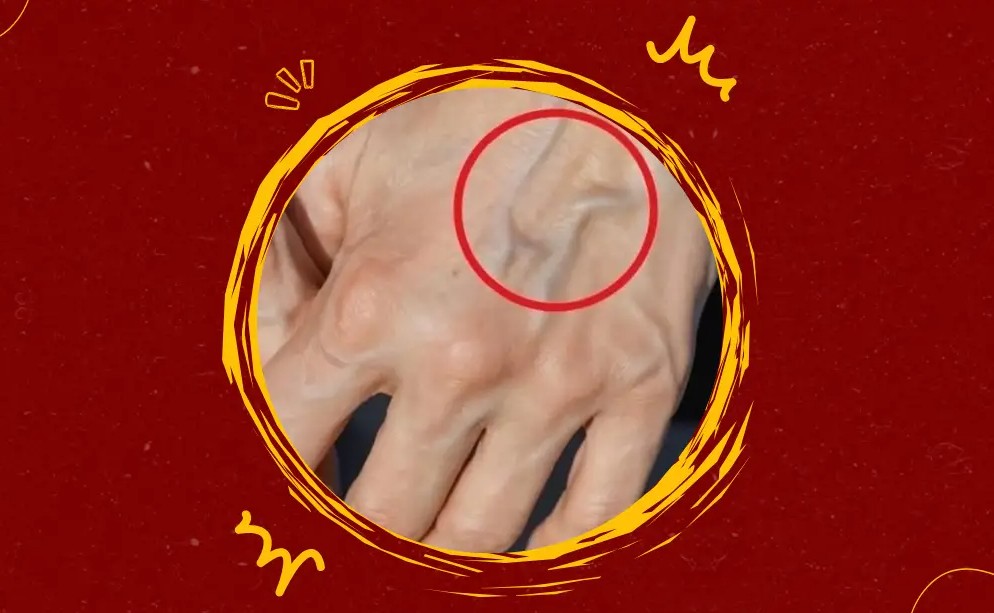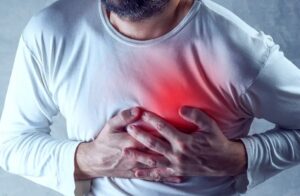Visible veins are typically superficial veins that lie close to the skin’s surface. Their prominence can be affected by:
1. Low Body Fat Percentage
One of the most common reasons for visible veins is low body fat. Fat tissue acts as a cushion between your skin and veins. When this layer is thin—especially in lean individuals or athletes—the veins become more apparent. This is why bodybuilders often have pronounced vascularity, especially during competition prep when their body fat is at its lowest.
2. Genetics
Some people are simply born with more visible veins. If your parents or siblings have prominent veins, chances are you might too. Genetic factors influence skin thickness, vein size, and the amount of subcutaneous fat—all of which affect how visible your veins are.
3. Age
As we age, our skin becomes thinner and loses elasticity. The fat layer beneath the skin also diminishes. These changes make veins more visible, especially on the hands, arms, and legs. It’s a natural part of aging and not necessarily a sign of poor health.
4. Physical Activity
Exercise increases blood flow and causes veins to dilate temporarily. Weightlifting, in particular, creates pressure in the muscles that pushes veins closer to the skin. This effect, known as “the pump,” is common among athletes and gym-goers. Over time, regular exercise can lead to more permanent vascular visibility due to increased muscle mass and reduced fat.
5. Hydration and Blood Volume
Proper hydration increases blood volume and improves circulation, which can make veins appear fuller and more prominent. Conversely, dehydration can make veins less visible due to reduced blood volume.
6. Temperature
Warm weather causes vasodilation—your blood vessels expand to help cool the body. This makes veins more visible. Cold weather does the opposite, causing vasoconstriction and making veins less noticeable.
7. Skin Tone and Thickness
People with lighter skin tones or thinner skin often have more visible veins. The contrast between the skin and the deoxygenated blood in veins makes them stand out more. In darker skin tones, veins may be less visible unless they’re particularly large or close to the surface.
8. Hormonal Changes
Hormones can influence vein visibility. During pregnancy, for example, blood volume increases significantly, and veins may become more prominent—especially in the legs and abdomen. Hormonal fluctuations during puberty, menstruation, or menopause can also affect vascular appearance.
9. Body Position
Gravity plays a role in vein visibility. When your arms or legs hang down, blood pools slightly due to gravity, making veins more prominent. Raising your limbs can reduce this effect.
10. Medical Conditions
While visible veins are usually harmless, they can sometimes signal underlying health issues. Conditions like varicose veins, deep vein thrombosis (DVT), or phlebitis (vein inflammation) may cause veins to bulge, twist, or become painful. If you notice sudden changes, swelling, redness, or discomfort, it’s wise to consult a healthcare professional.
🧠 Final Thoughts
Visible veins are often a normal part of human anatomy and physiology. They can reflect your fitness level, hydration status, genetic makeup, and even the weather. In most cases, they’re not a cause for concern. However, if they’re accompanied by pain, swelling, or other symptoms, they may warrant medical attention.
So, Hassan—if you’ve got visible veins, it could mean you’re fit, hydrated, genetically predisposed, or simply standing in warm weather. It’s your body’s way of showing its inner workings, and in many cases, it’s a sign of vitality, not vulnerability.












